When you walk into a flower market and notice a Phalaenopsis (Moth Orchid) at a stall, most shop owners will briefly tell you, "Phalaenopsis is easy to care for and not picky about the soil. Just water it when the soil dries out."
In fact, the shop owner only mentioned the basic care of watering, but didn't go into details about the suitable temperature for Phalaenopsis growth, fertilization, and other important factors. If you only rely on watering to take care of the orchid, you might find that the flowers are not as vibrant each time they bloom, and some buds may fall off before they even open.
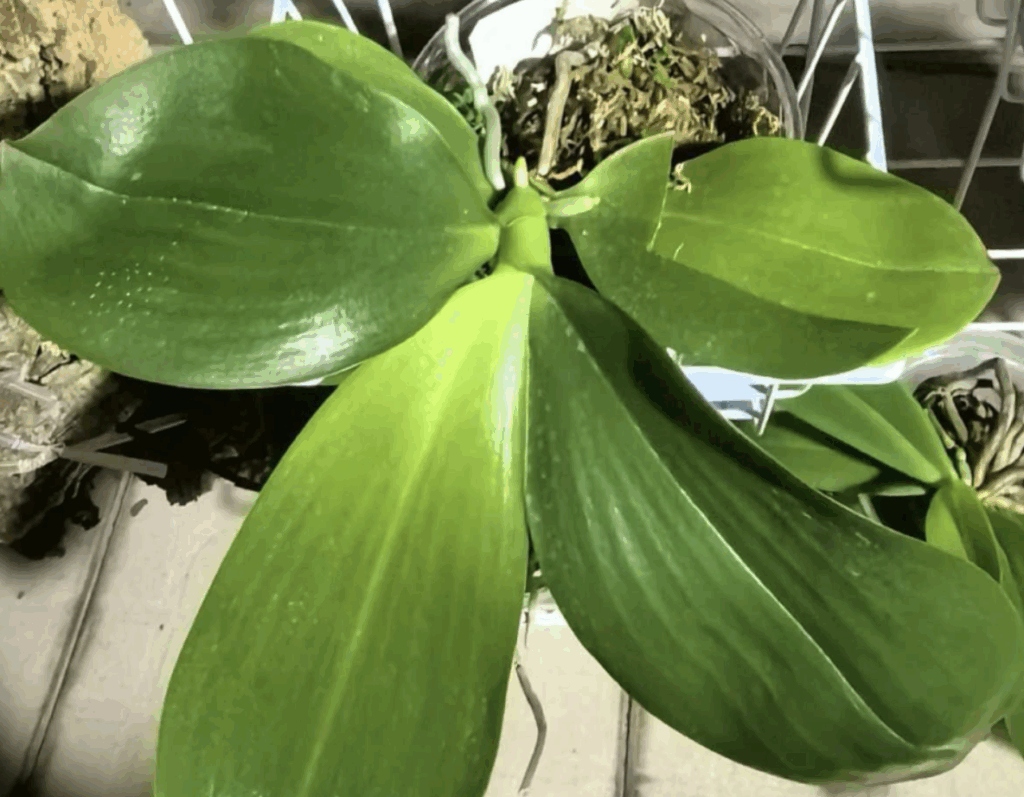
What’s the reason for this? It’s likely due to improper temperature control. Different seasons require different care methods for Phalaenopsis. It thrives in an environment with temperatures between 15 to 28°C. In spring and autumn, the temperature is naturally suitable, and it’s okay to place it anywhere. However, in winter, the temperature might drop below 10°C. In this case, you should move the orchid indoors and keep it away from air conditioning vents or heaters (it’s recommended to place it at least one meter away from air conditioning in winter). You don’t need to worry too much about it otherwise; once the weather warms up, it will naturally bloom. Make sure the temperature fluctuation is kept small to allow it to grow steadily.
Next, let’s talk about fertilizing. Some people only fertilize based on their mood, but this is actually a mistake. Phalaenopsis has two critical fertilizing periods: one is from March to April, when the orchid prepares to send out flower spikes. Adding some fertilizer at this time will help the flower spikes grow stronger and bloom more abundantly. The other period is from September to October, after the blooming season ends, when the plant needs to recover its roots. Fertilizing at this time will help the roots grow stronger and lay the foundation for the next year’s blooms.
If you find fertilizing troublesome, here are a few lazy options. One is to buy a special slow-release orchid fertilizer. Just sprinkle a few pellets on the surface of the substrate, and the fertilizer will slowly release over time, requiring less frequent application. Another option is to use potassium dihydrogen phosphate, diluted at a 1:1000 ratio, and spray it onto the leaves. It absorbs quickly and is convenient. However, when applying fertilizer, remember that you should never fertilize Phalaenopsis while it is blooming, as this could cause the flowers to wither prematurely.

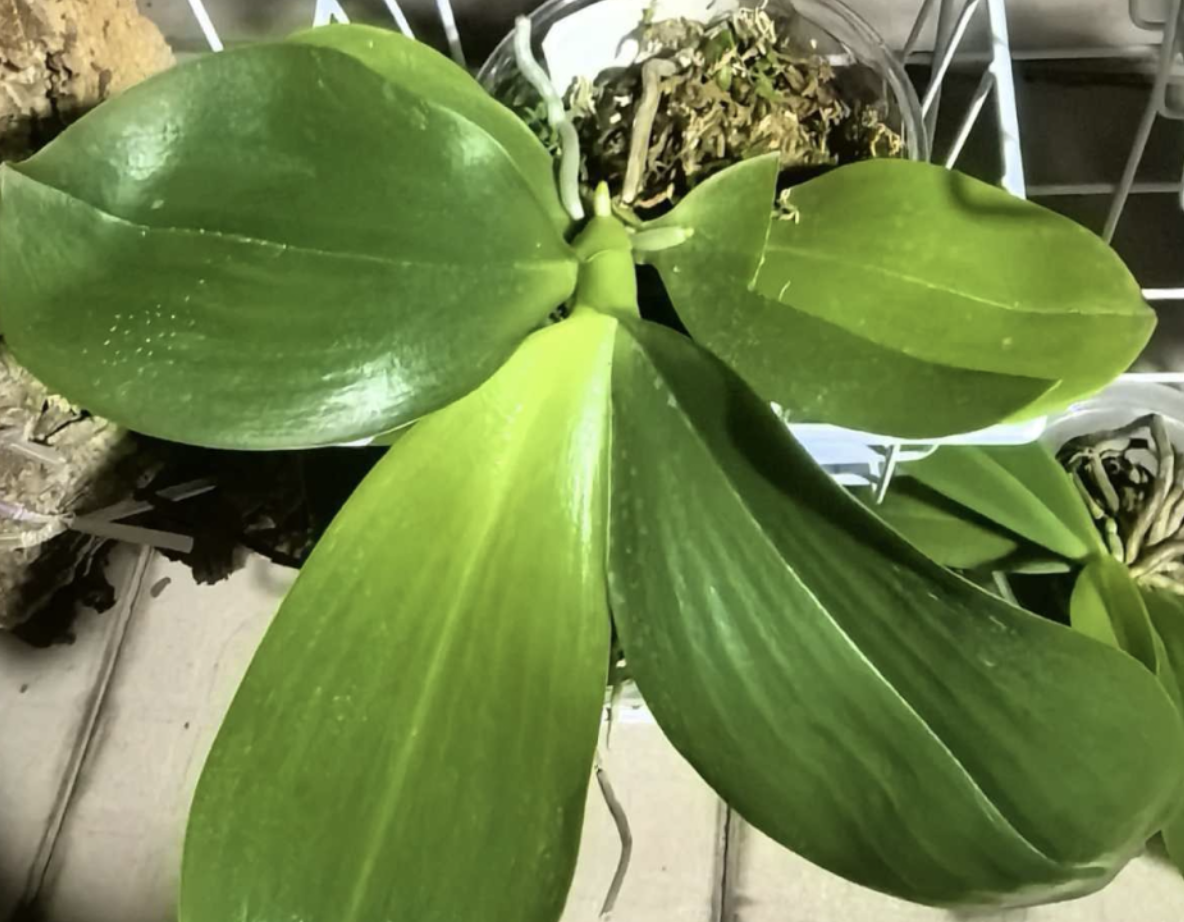
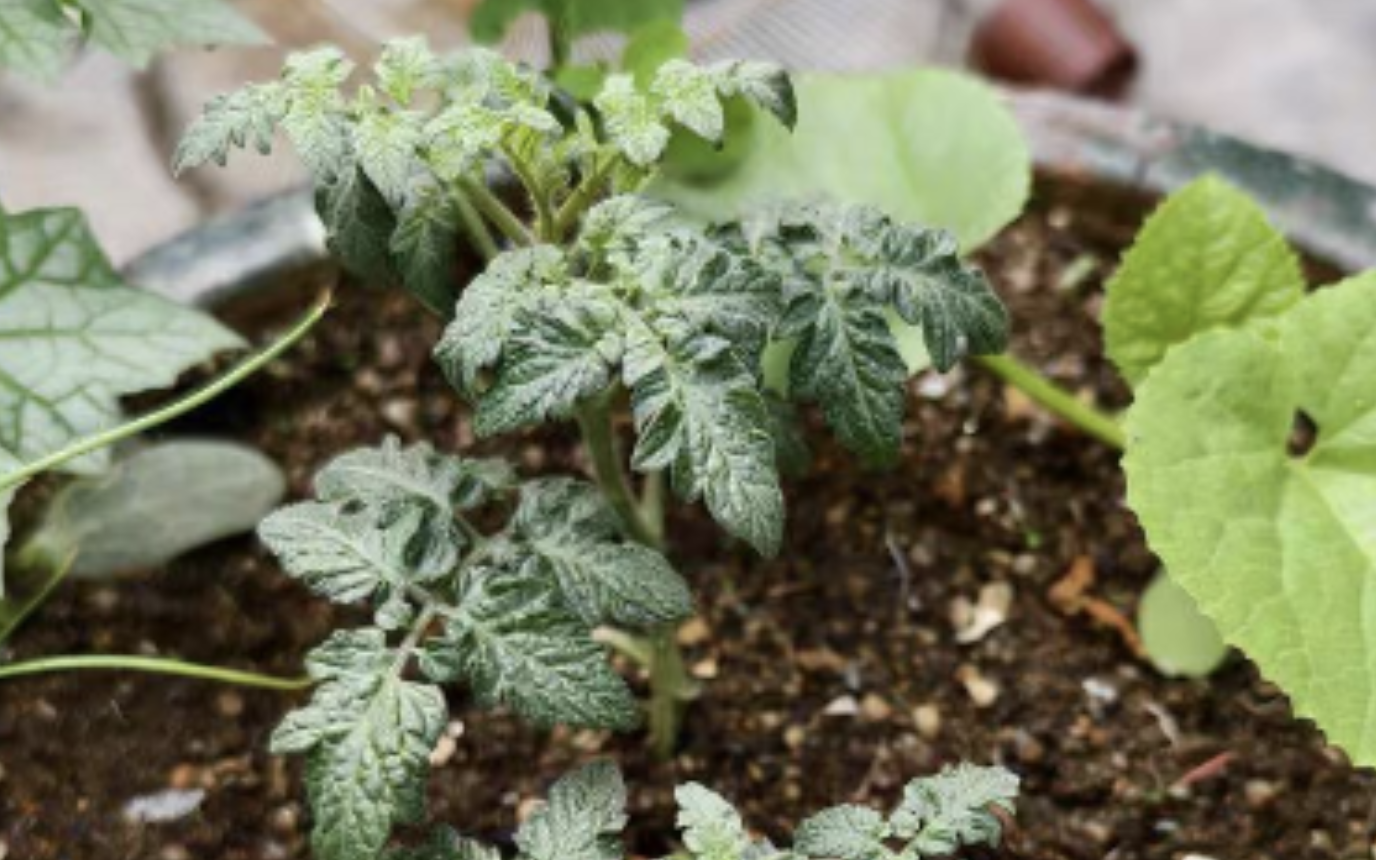
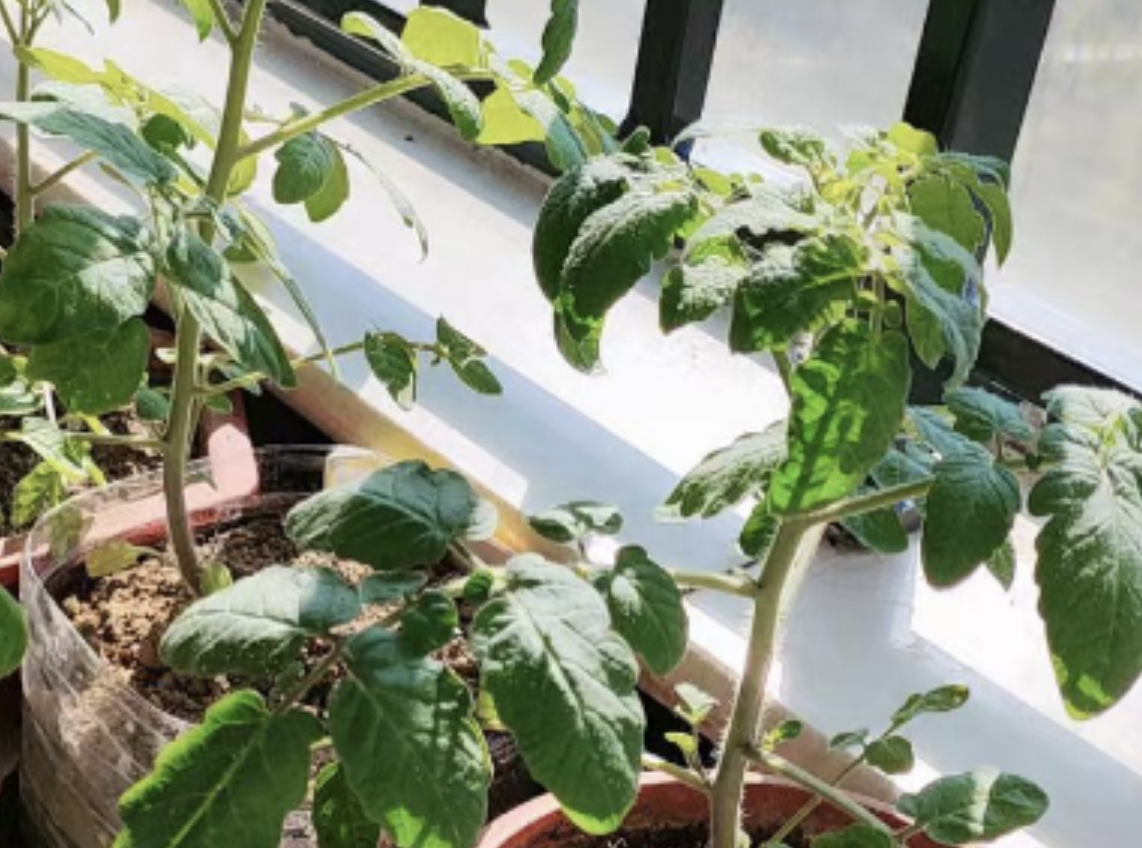
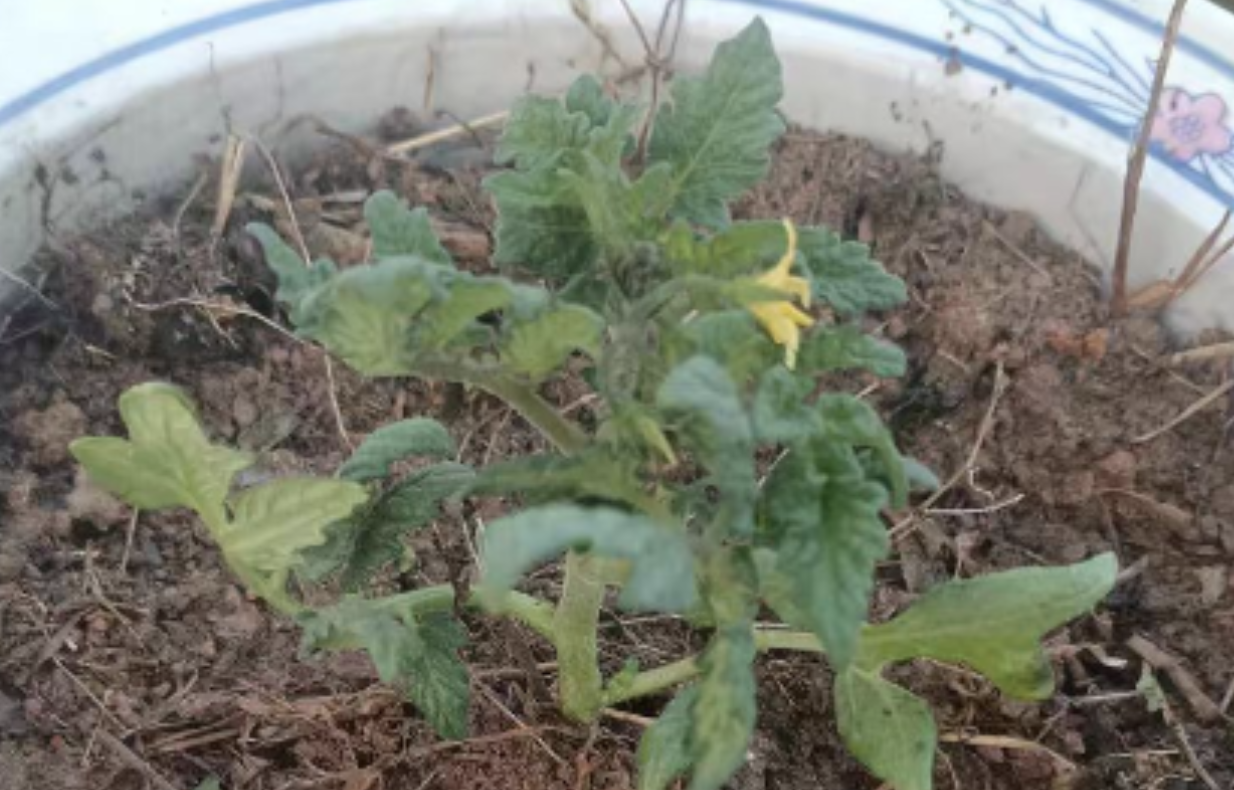
Leave a Reply